From their origins in Gothic Revival architecture to the mass production of the Industrial Revolution, Victorian tiles have stood the test of time. They remain as fashionable today as when they first came into style in the 19th century, but the story of this timeless geometric trend is one that has certainly developed over the past two centuries.
To give you an insight into its evolution and development, we take a look back at the history of one of the interior design world’s most iconic, enduring and beloved decorative looks to have in your home.
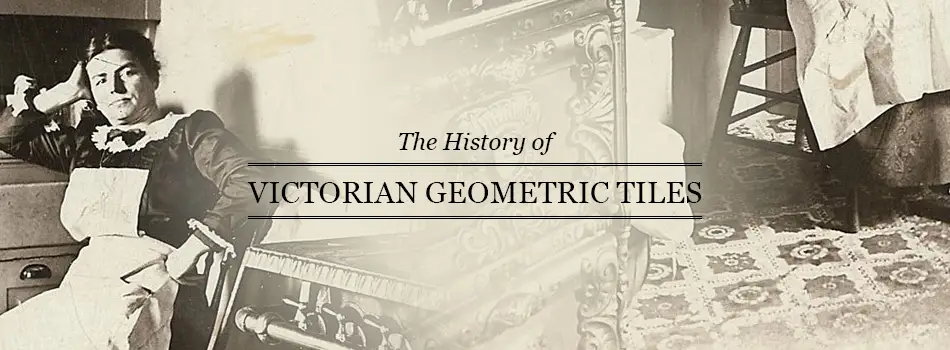
Image Credit
Gothic Revival
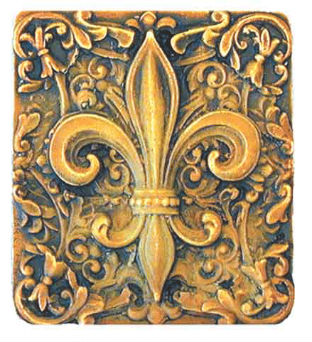
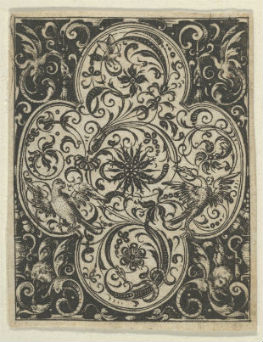
Image Credit 1 | 2
The story of Victorian tiles can actually be traced back to the Middle Ages, which heavily influenced what we now know as ‘Gothic Revival’ architecture. In addition to their pointed arches and steep-sloping roofs, gothic buildings often featured patterned floors with decorative fleur-de-lis and quatrefoils designs.
The displays were used in cathedrals, monasteries and homes of the wealthy in medieval times, but went out of fashion until the Victorians popularised them once more.
Encaustic Tiles
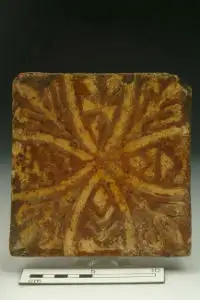
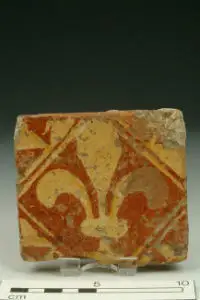
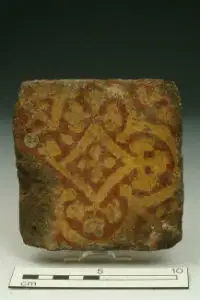
Image CreditOne man largely responsible for this resurgence was Herbert Minton. The successor of Thomas Minton, he inherited family business Mintons ceramics upon his father’s death in 1836, developing new production methods and industrial techniques to create decorative tiles.
Known as ‘encaustic’ tiles, they were made by layering different colours of clay, but commanded a considerable price tag only afforded by the rich, meaning a more cost-effective means of production was needed.
Geometric Floors
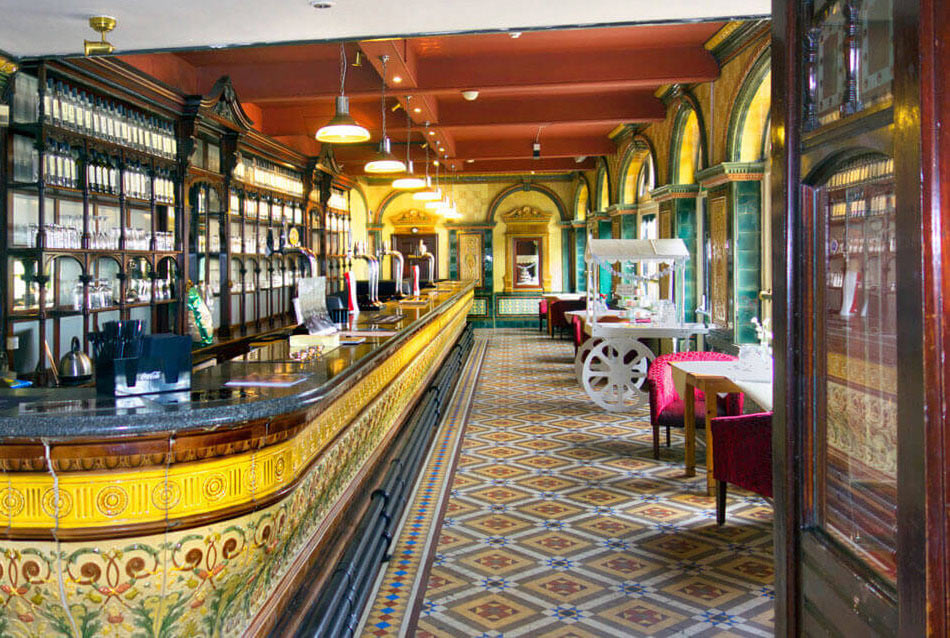 Image Credit
Image CreditTo solve affordability issues, tiles began to be produced with a single colour, rather than multiple hues. While the latter was an expensive process, the former meant that two or more cheaper tiles could be laid together in a repeating pattern.
The result was geometric flooring, where each tile contained one colour, becoming more economical to manufacture en masse. This was thanks in no small part to the Industrial Revolution, which was simultaneously in full swing.
Growing Trends
By the mid-19th century, patterned tiles were all the rage – but rather than the classic black and white ‘checkerboard’ effect, Victorian middle classes demanded a greater variety of shapes, sizes and patterns.
With the rise of hygiene awareness and introduction of bathrooms and toilets in the home, Victorian tiles became desirable not only as flooring options, but practical, easy-to-clean wall coverings, paving the way for tile designs we know and love now.
Victorian Tiles Today
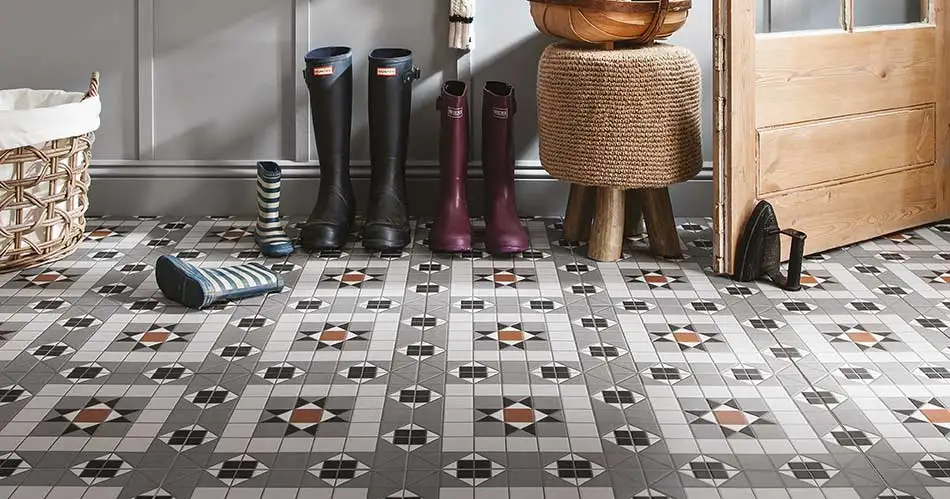
These days, geometric Victorian tiles are still very much in fashion. For homeowners looking to embrace the style of the era and recapture original Victorian décor, there are plenty of options available to make an impact in any home.
The Victorian Heritage range combines a selection of geometric shapes, patterns and colours, recreating a perfect finish that’s as stylish now as it was when first introduced 200 years ago.
View the Victorian Heritage Collection
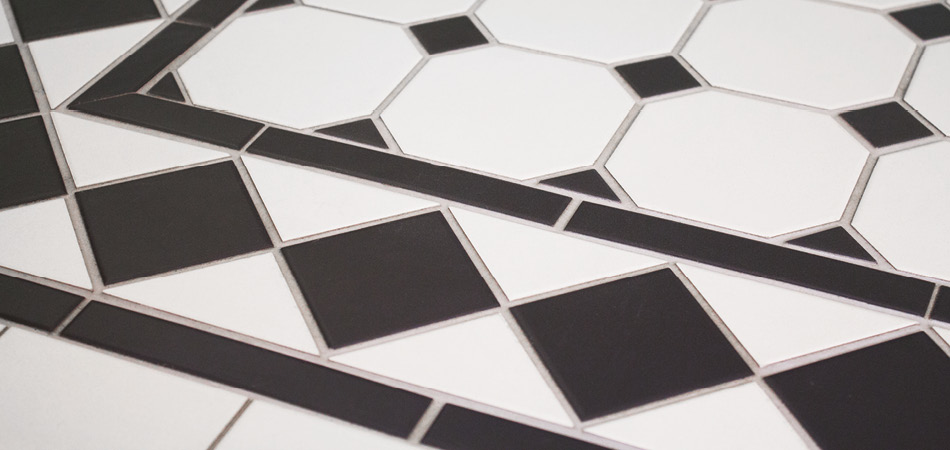
If you want a more bespoke design, take a look at the Victorian collection which allows you to plan a Victorian style floor in your own unique style with preformed mosaic sheets and individual tiles.
View the Victorian Collection